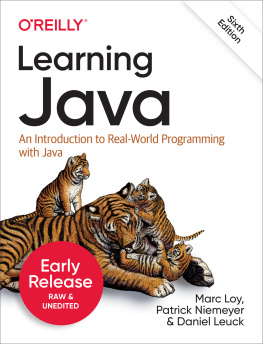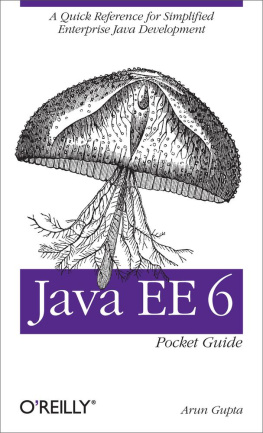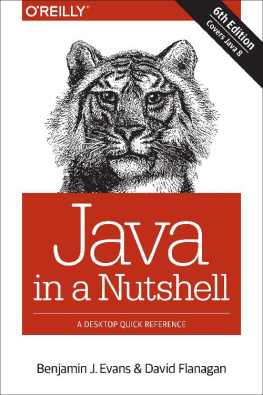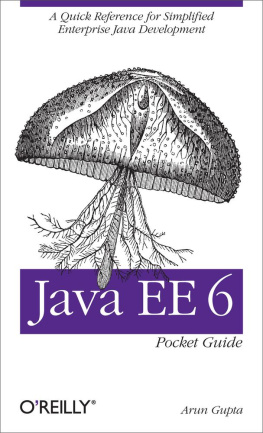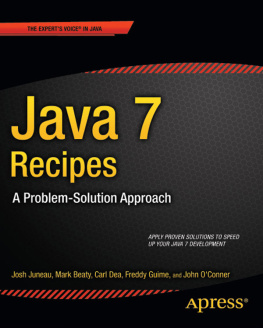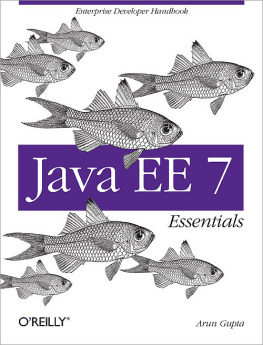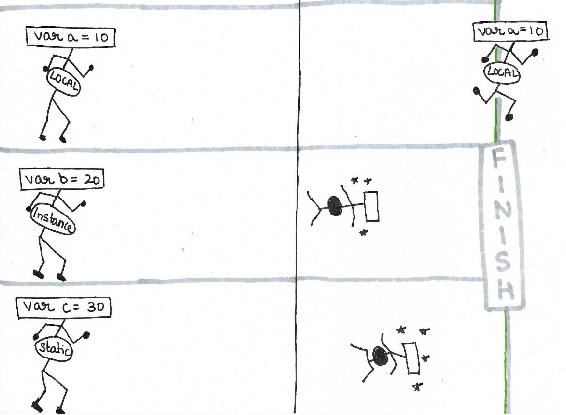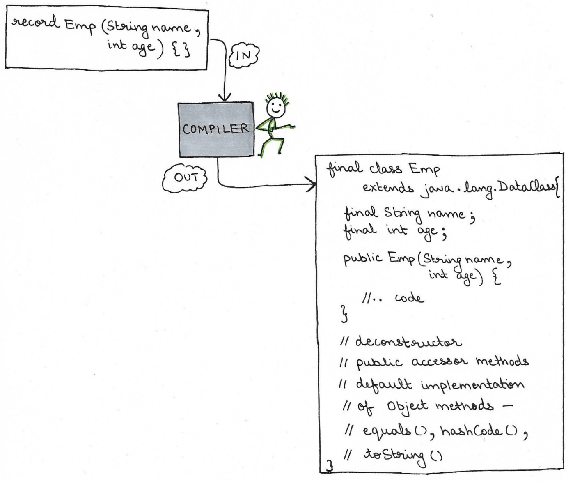Mala Gupta [Mala Gupta] - Java 11 Quick Start
Here you can read online Mala Gupta [Mala Gupta] - Java 11 Quick Start full text of the book (entire story) in english for free. Download pdf and epub, get meaning, cover and reviews about this ebook. year: 2018, publisher: Packt Publishing, genre: Computer. Description of the work, (preface) as well as reviews are available. Best literature library LitArk.com created for fans of good reading and offers a wide selection of genres:
Romance novel
Science fiction
Adventure
Detective
Science
History
Home and family
Prose
Art
Politics
Computer
Non-fiction
Religion
Business
Children
Humor
Choose a favorite category and find really read worthwhile books. Enjoy immersion in the world of imagination, feel the emotions of the characters or learn something new for yourself, make an fascinating discovery.
- Book:Java 11 Quick Start
- Author:
- Publisher:Packt Publishing
- Genre:
- Year:2018
- Rating:4 / 5
- Favourites:Add to favourites
- Your mark:
Java 11 Quick Start: summary, description and annotation
We offer to read an annotation, description, summary or preface (depends on what the author of the book "Java 11 Quick Start" wrote himself). If you haven't found the necessary information about the book — write in the comments, we will try to find it.
Discover how Java is bringing the latest developments and projects which will help you advance your development with with the language and make your applications leaner and faster.
About This Book
- Resolve dilemma of investing into migration to newer Java version aligning to 6 months release cadence
- Discover how Oracle is planning to introduce lighter threads and bridging the gap between the Java and native code
- Unlock the relevance and applicability of new features of Java language like type inference with var, data classes, pattern matching, switch expression, enhanced enums; and platform features
Who This Book Is For
Executives and Solutions Architects responsible for technology selection or Java migration decisions. Computer science grads curious to learn about the latest and upcoming Java features. Java developers who are using Java 8 or older and now migrating their solutions to the new Java release.
What You Will Learn
- Learn about features in recently released and upcoming Java releases
- Deep dive on using new and improved language features.
- Discover platform options to reduce launch time for your application.
- Knowing about ways to compare your application for better performance, throughput or reduced latency by switching garbage collectors.
- Build awareness about the new Java release cadence
- Able to define and assess decision criteria for selecting Java or migrating to a newer version
In Detail
With its new six monthly release cadence, Java is moving forward, faster. Apart from the planned version releases, a lot of work is in progress under various Java projects at Oracle.. Programmers must be aware of the latest developments to make the best use of the newer features in their applications and libraries.
This book will take you through the developments in Java language, right from Java 10, from Project Jigsaw, variable type inference, simplified multi-threading to performance improvements, etc, which are all part of project Valhalla, Panama, Amber, and Loom. The book deep dives into the latest developments in the language. Youll know how best these features will help you advance your development with the language and make your applications leaner and faster.
It will uncover the relevance and applicability of newer language features, answer your questions on whether to invest into migrating to newer Java versions aligning to 6 month release cadence, including when to migrate.
You will later explore the platform features like AppCDS and new garbage collectors, to tune and optimize your application - from reduced launch time, to improved performance and throughput and reduced latency.
Style and approach
You will be taken through the new language and platform features in Java version 10, 11 and various umbrella projects, in detail. youll learn how to use these features in their existing or future projects. Along the way, you will explore how to make their code less verbose, leaner and faster. Youll also discover features to configure their virtual machine to reduce start up time and compare their applications to solve throughput and latency challenges in future.
Downloading the example code for this book. You can download the example code files for all Packt books you have purchased from your account at http://www.PacktPub.com. If you purchased this book elsewhere, you can visit http://www.PacktPub.com/support and register to have the code file.
Mala Gupta [Mala Gupta]: author's other books
Who wrote Java 11 Quick Start? Find out the surname, the name of the author of the book and a list of all author's works by series.

![Mala Gupta [Mala Gupta] Java 11 Quick Start](/uploads/posts/book/119406/thumbs/mala-gupta-mala-gupta-java-11-quick-start.jpg)
